1. Introduction
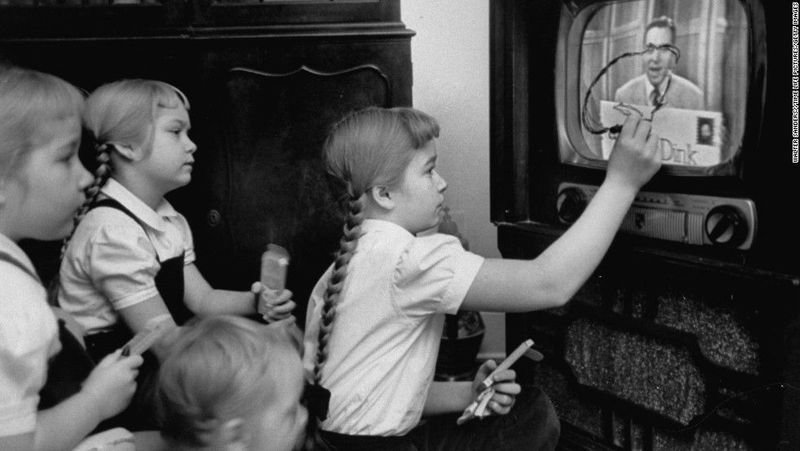
Remember when Saturday mornings were the highlight of the week? Back in the 1980s, kids across America had a sacred ritual that started at dawn and often stretched until noon. We’d wake up early, grab our favorite cereal, and plop down in front of the TV for hours of pure entertainment. Those magical mornings shaped our childhoods in ways we never realized until we grew up.
2. Saturday Morning Cartoons
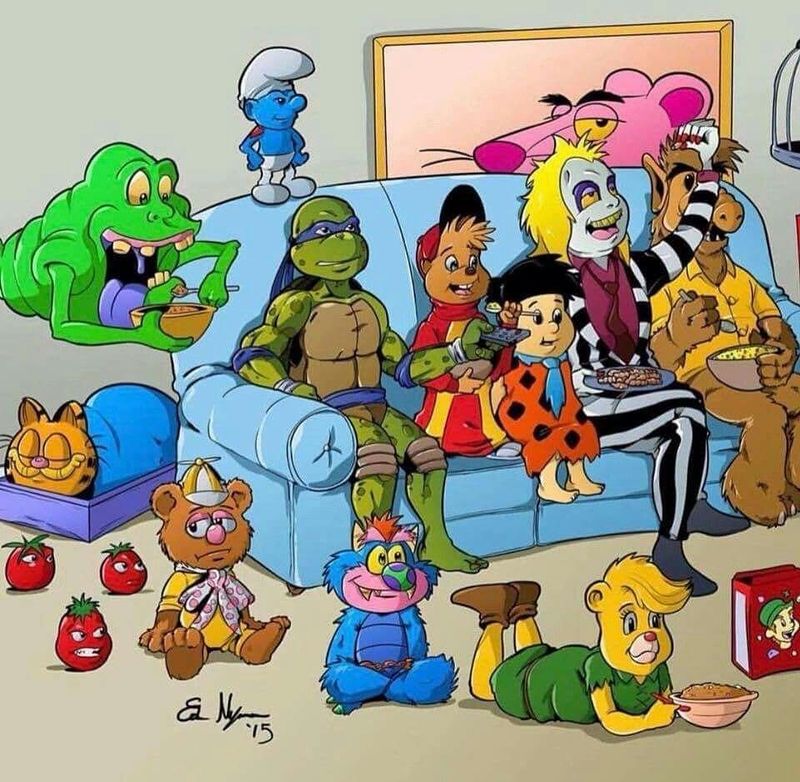
The animated wonderland of the 80s transformed living rooms into fantasy worlds every weekend. He-Man battled Skeletor while She-Ra fought for the honor of Grayskull, all before breakfast was finished.
The Smurfs, Thundercats, and Scooby-Doo created a lineup that made getting out of bed at 6 AM feel like Christmas morning. Parents got extra sleep while kids soaked up vibrant adventures filled with heroes, villains, and talking animals.
Each show had its own universe with rules and characters we came to love like friends. The animation might look simple by today’s standards, but the stories captured our imaginations completely.
3. Sugary Cereal Without Shame
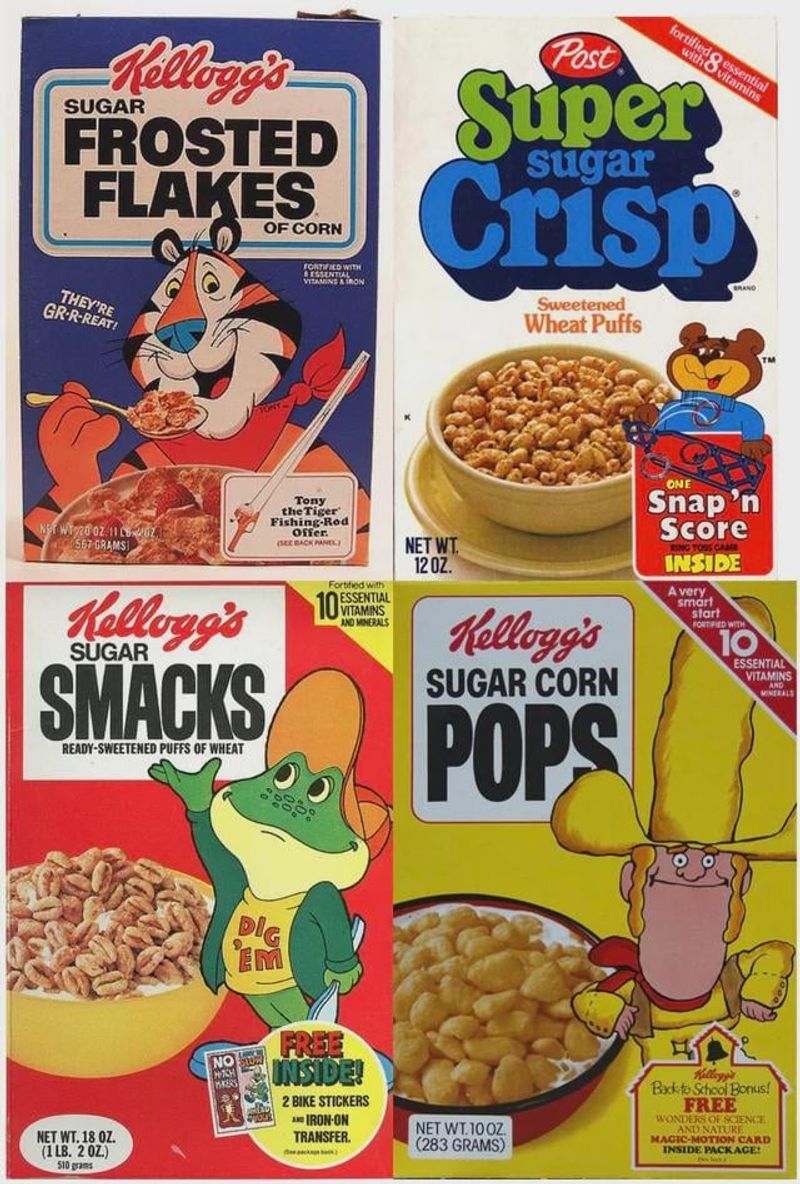
Nutrition labels? Parents’ concerns? Those barely existed in the wonderful world of 80s breakfast cereals. Saturday mornings meant freedom to choose the sweetest, most colorful options in the pantry – often eaten straight from the box.
Cap’n Crunch turned milk into a sugary treat while Froot Loops stained it with rainbow hues. Cookie Crisp literally gave permission to eat cookies for breakfast! The crunch, the sweetness, the cartoon mascots – they were all part of the experience.
Many kids negotiated all week for these forbidden treasures, allowed only on weekends when dental and nutritional rules relaxed.
4. Cereal Box Toys & Mail-In Offers
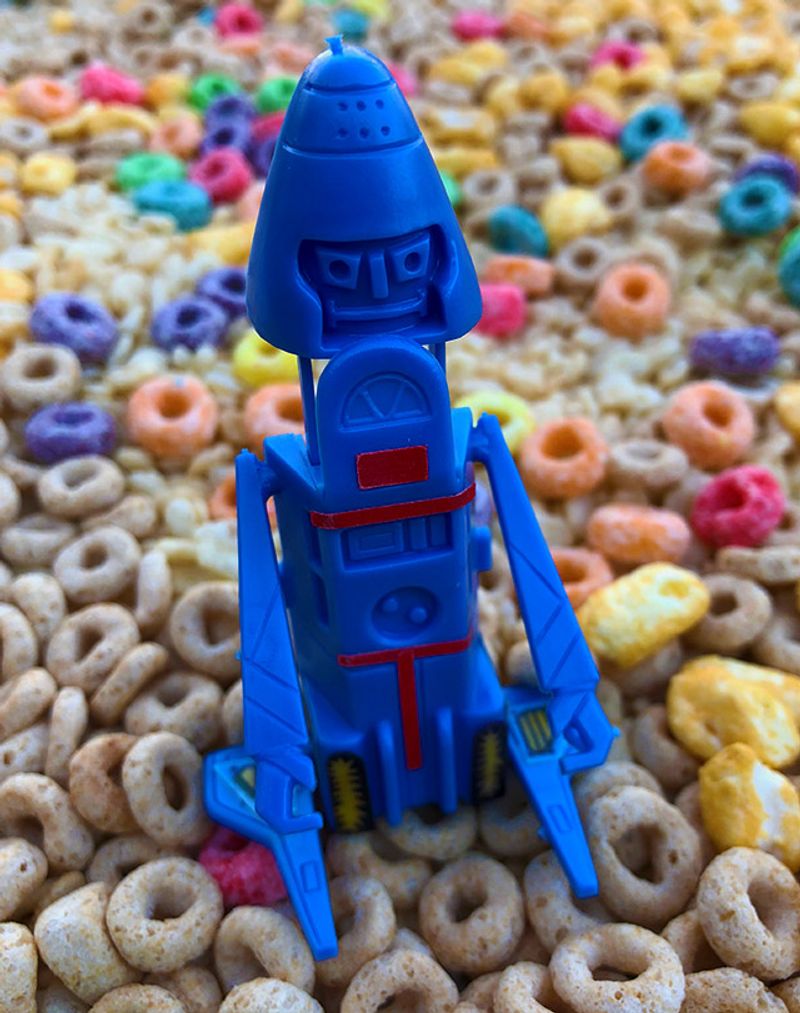
Digging through sugary crumbs for plastic treasures was practically a sport. The thrill of finally reaching that decoder ring or miniature character made the cereal taste even better!
Mail-in offers required serious commitment – collecting UPC codes, convincing parents to write checks, and enduring the agonizing 6-8 week wait. Remember saving cereal box tops for weeks to earn that digital watch or action figure?
Some families even chose cereals based on the prize rather than the taste. The back of the box became required reading material during breakfast, studying every detail of the latest promotional giveaway or comic strip adventure.
5. PSAs Disguised as Cartoons
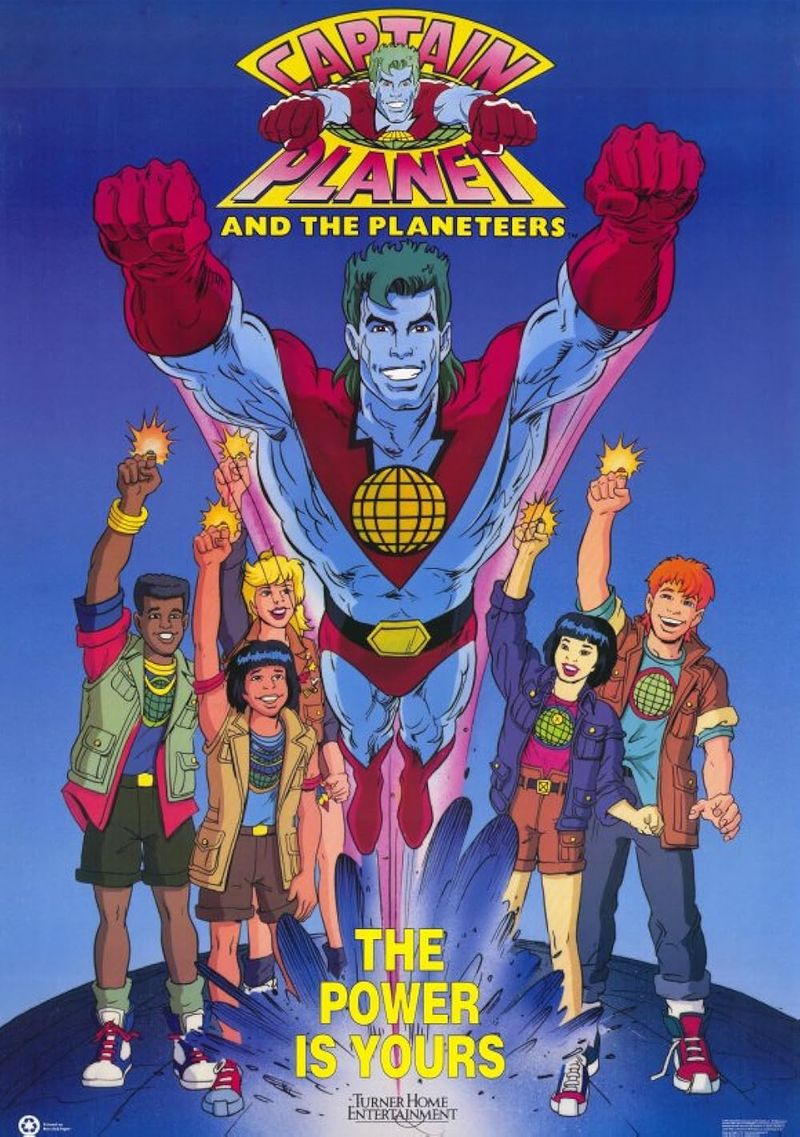
“Knowing is half the battle!” Those words from G.I. Joe taught us about stranger danger and fire safety without feeling like a lecture. The 80s mastered the art of sneaking education into entertainment.
Captain Planet rallied kids to environmental causes while Smokey Bear warned about forest fires. These mini-lessons, sandwiched between commercial breaks, somehow stuck with us longer than anything we learned in actual school.
The formula was brilliant – use the same beloved characters from action-packed adventures to deliver life lessons in 30-second segments. Many adults still quote these PSAs decades later, proving their lasting impact.
6. TV Commercials Just for Kids
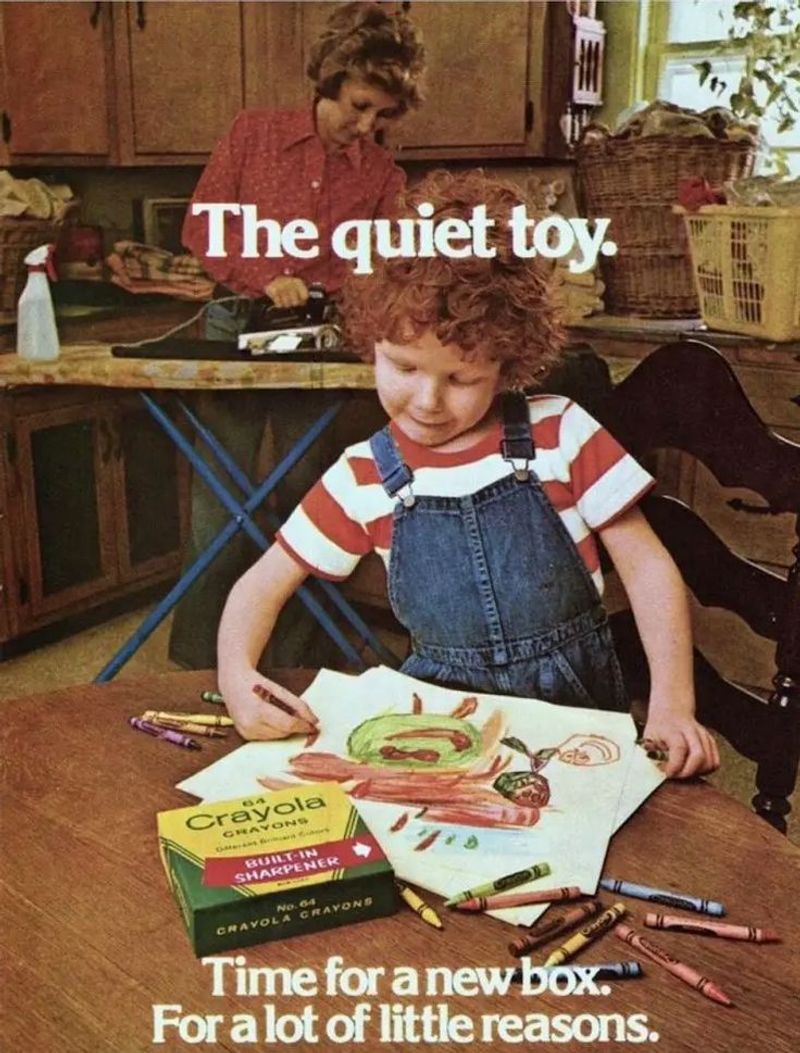
Saturday mornings bombarded young viewers with the most exciting products in existence – at least according to the commercials. Action figures battled across miniature landscapes while dolls had adventures in dreamhouses, all in 30-second stories.
Jingles for Lite-Brite, Skip-It, and Nintendo embedded themselves permanently in our brains. The commercials were often as entertaining as the shows themselves, featuring kids having impossibly perfect fun with the latest toys.
Parents dreaded these advertising blocks that generated instant wish lists. By lunchtime, most children had mentally spent hundreds of dollars on plastic treasures that promised to transform ordinary play into extraordinary adventures.
7. The “One TV” Household
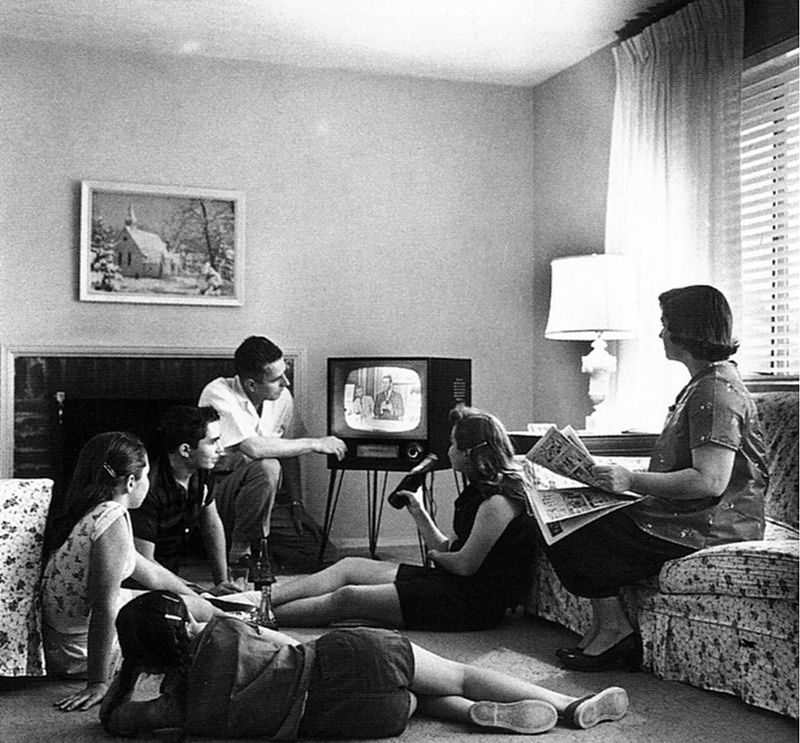
Long before multi-screen homes, families gathered around a single television set – usually a bulky wood-paneled model that required manual adjustment. Cartoon dominance required strategy and early rising to claim the prime viewing spot.
Channel changing meant physically walking to the TV and turning a dial through limited options. Siblings negotiated viewing rights through complex systems of trades and favors, with parents serving as reluctant referees in disputed cases.
The family room floor became prime real estate, with blankets, pillows, and stuffed animals marking territories. Viewing positions were established and defended with the seriousness of international border disputes.
8. No Streaming, No Replays

Missing your favorite show meant genuine disappointment with no quick fix. VCRs existed but programming them required engineering degrees, and many families saved precious recording tape for movies, not weekly cartoons.
The ephemeral nature of Saturday morning programming created a sense of occasion. Kids planned their mornings around network schedules, memorizing start times for must-see shows and developing bathroom break strategies during less important segments.
This appointment viewing fostered shared cultural moments as millions of children nationwide experienced the same episodes simultaneously. Monday playground conversations inevitably included “Did you see when…” discussions about weekend cartoon highlights.
9. Theme Songs You Still Know by Heart
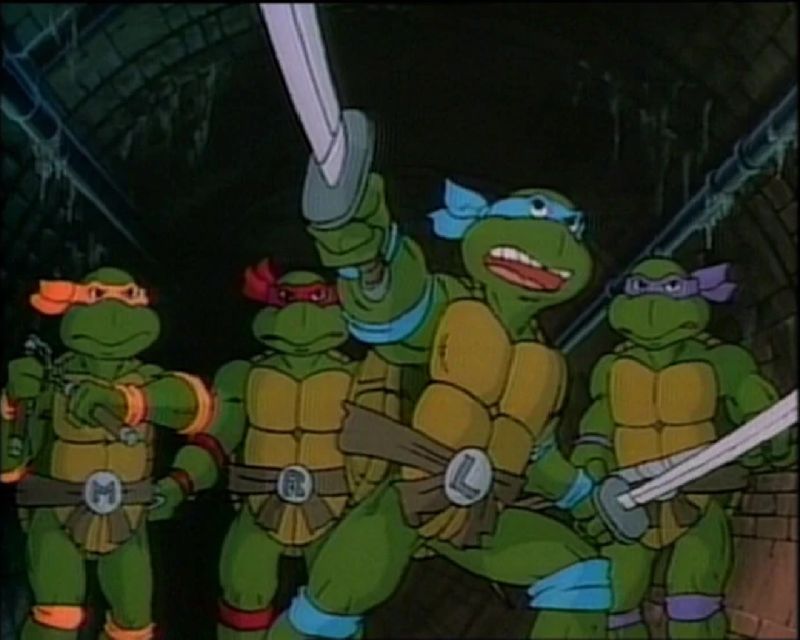
“Life is like a hurricane, here in Duckburg!” The catchiest melodies of the decade weren’t pop hits but cartoon intros that burned themselves into young brains forever. These mini-musical masterpieces packed entire show premises into 60-second earworms.
Inspector Gadget’s theme had us all going “Go-go-gadget-something” while Teenage Mutant Ninja Turtles had children shouting “Cowabunga!” across suburban neighborhoods. The songs served as Pavlovian bells, signaling kids to drop everything and race to the television.
Even now, adults in their 40s can spontaneously burst into perfect renditions of these themes when triggered by the slightest reference. No lyrics were ever studied more diligently.
10. Weird Toy-Based Shows
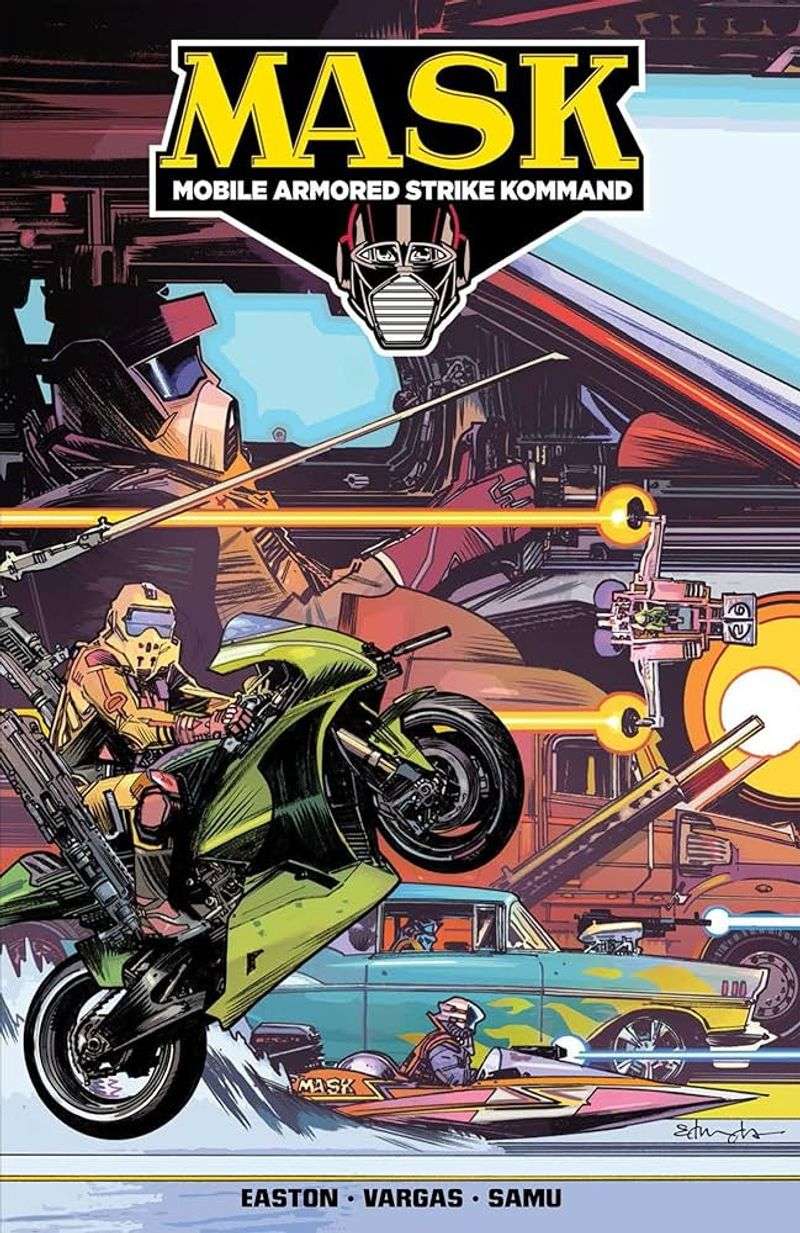
Marketing geniuses discovered they could create hit shows around existing toys – or invent toys and shows simultaneously. Transformers seamlessly shifted between vehicles and robots while Jem truly outraged parents with her truly, truly, truly outrageous adventures.
M.A.S.K. (Mobile Armored Strike Kommand) featured vehicles that transformed into battle stations. Children didn’t question why these shows existed; we just knew we suddenly needed every action figure and playset featured in them.
The 22-minute commercials worked brilliantly, creating elaborate mythologies around plastic toys. The line between entertainment and advertising blurred completely, but kids were too enchanted by the stories to notice or care.
11. Pop-Tarts and Toaster Strudels
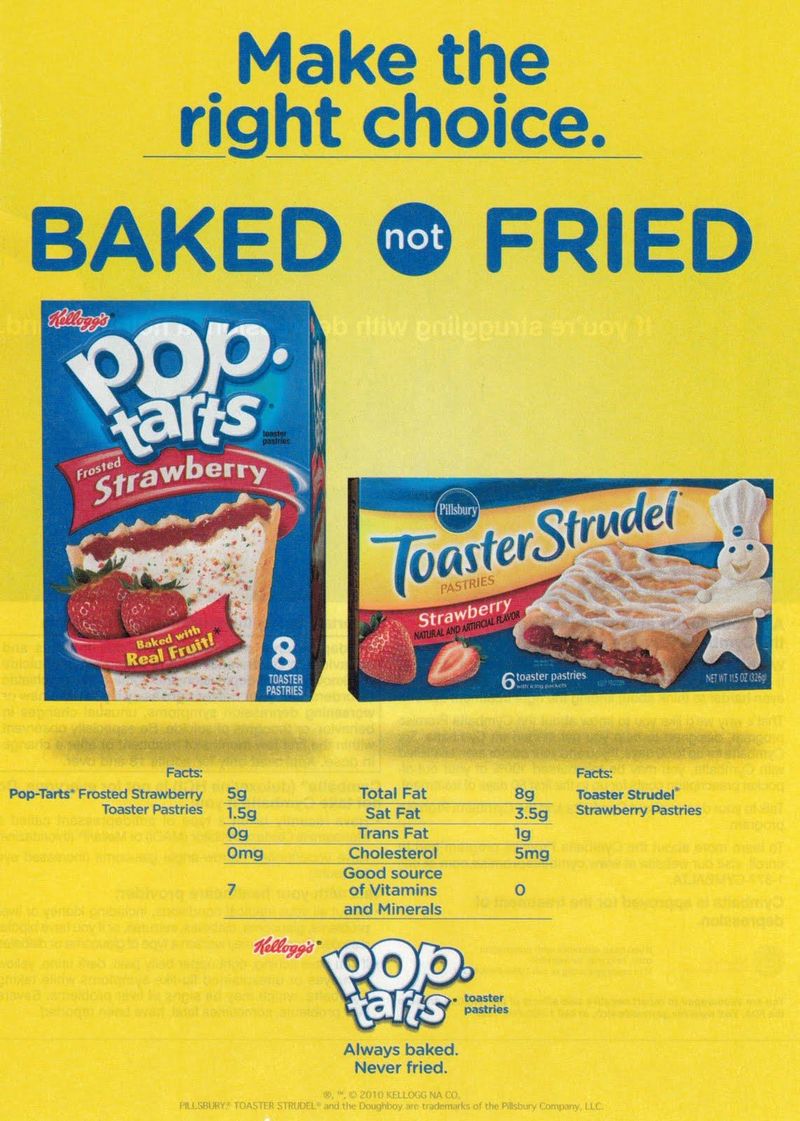
The revolutionary concept of dessert for breakfast found its perfect expression in these toaster-ready treats. Pop-Tarts offered the convenience of room-temperature consumption – though heated versions created molten filling that tested pain thresholds of impatient kids.
Toaster Strudels arrived later with their fancy icing packets, allowing artistic expression through frosting distribution. Both provided quick, parent-free breakfast options perfect for cartoon marathons.
The foil wrappers created distinctive sounds that announced to siblings that someone was enjoying the good stuff. Many households established strict Pop-Tart rationing systems to prevent weekday consumption of these precious weekend resources.
12. Slippers and Robes Until Noon
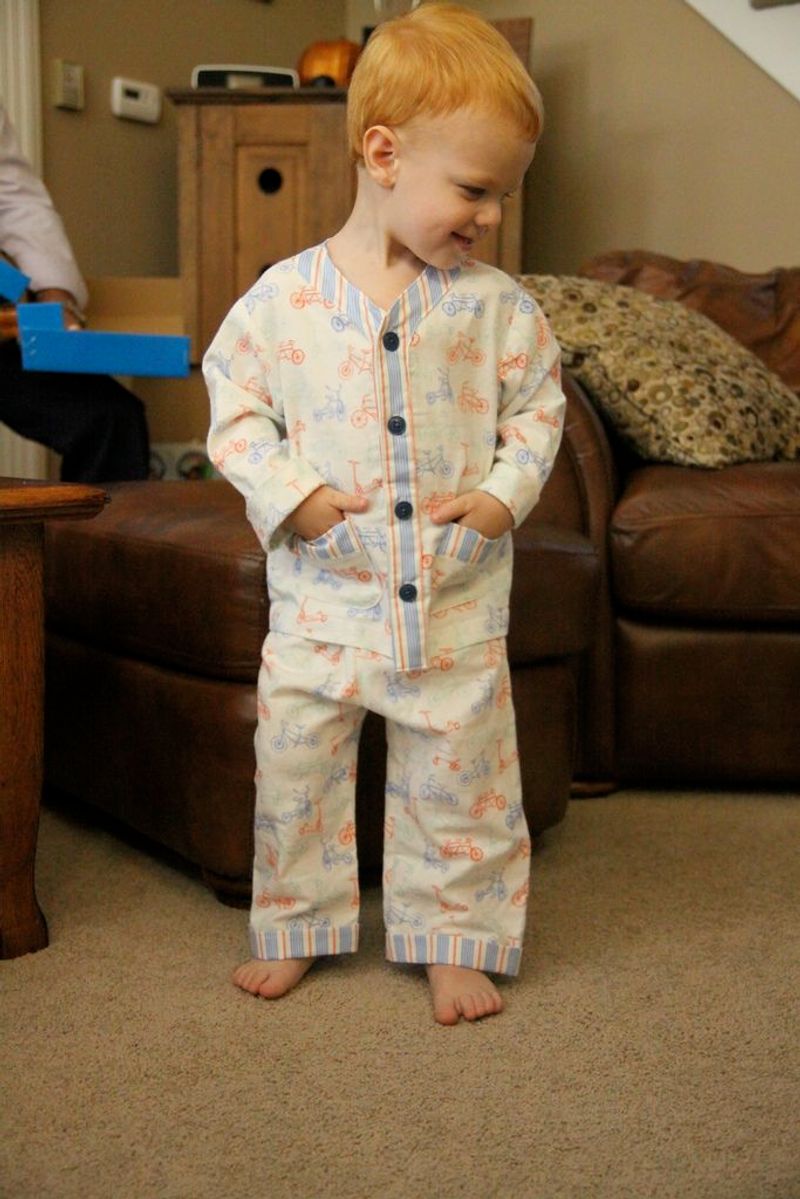
Fashion took a backseat to comfort on Saturday mornings. Pajamas, robes, and slippers constituted perfectly acceptable attire until well past lunchtime – a stark contrast to weekday school uniforms and dress codes.
Blanket forts enhanced the viewing experience, creating cozy nests for marathon cartoon sessions. Parents occasionally attempted to enforce “real clothes” rules but often surrendered to the weekend tradition of extended loungewear hours.
The freedom from dress-up requirements symbolized the day’s special status. Some kids wore themed pajamas matching favorite cartoon characters, creating an immersive experience as they watched their heroes’ adventures while literally wrapped in their imagery.
13. Local Station Line-Ups
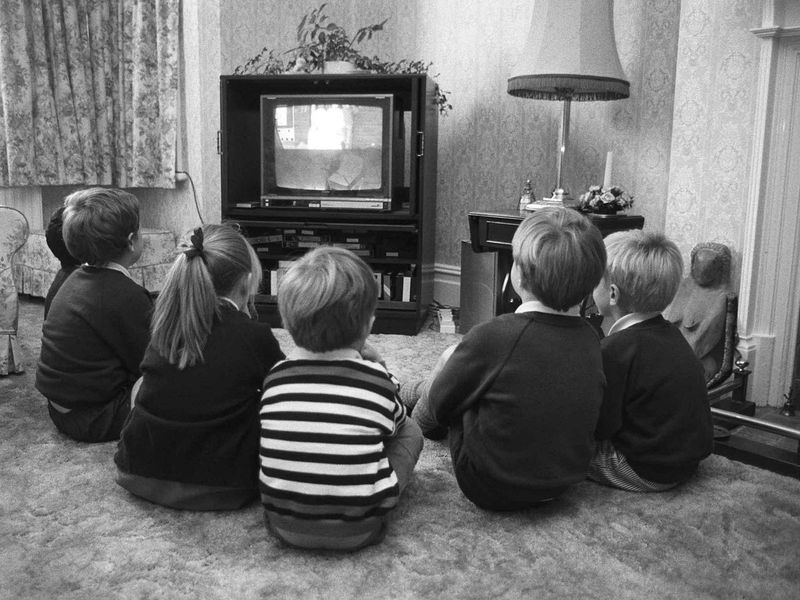
Before national feeds dominated television, local affiliates created unique programming experiences. Kids in Portland might see different cartoons than friends in Phoenix, giving regional flavor to universal experiences.
Local hosts sometimes introduced cartoon blocks with skits and contests. These hometown celebrities achieved rock star status among the elementary school crowd. Station identifications and technical difficulties became part of the viewing rhythm.
Weather interruptions created high drama, with children praying that tornado warnings wouldn’t interfere with crucial episode conclusions. The three-network universe meant limited options but intense loyalty to your local channel’s particular brand of Saturday morning magic.
14. Cartoon-Blocks Like “The Funtastic World of Hanna-Barbera”
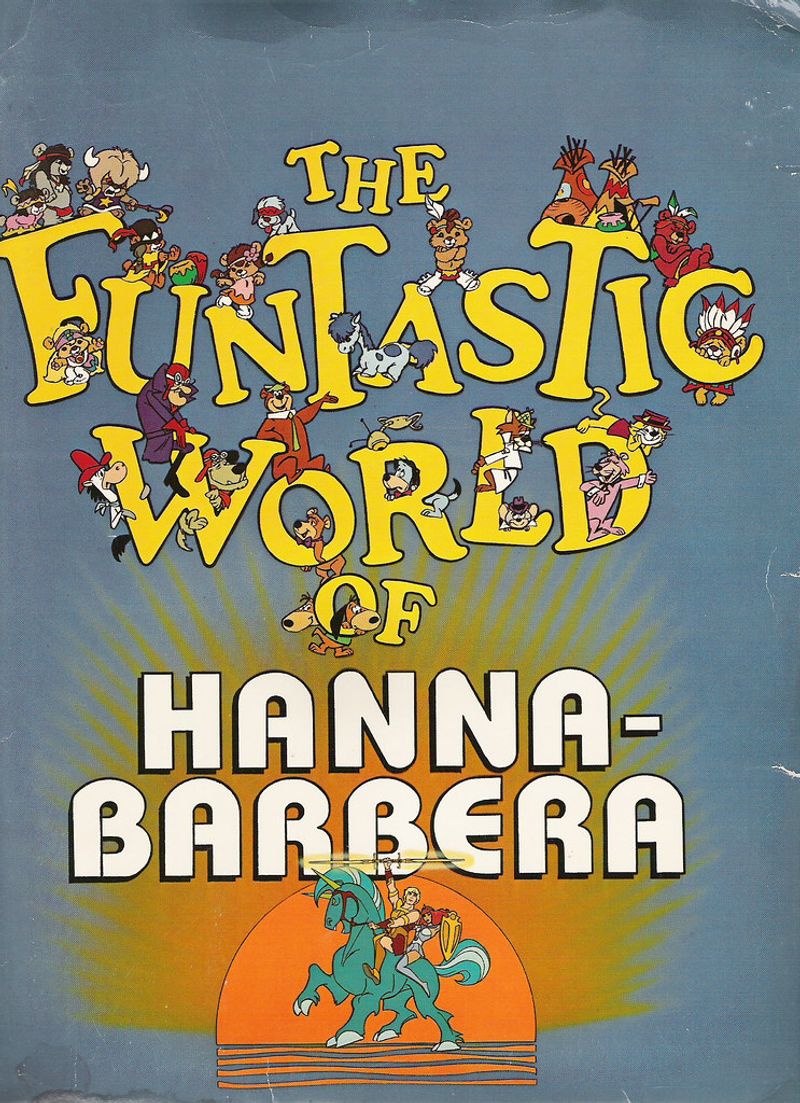
Networks packaged shows into themed blocks with distinctive branding and transitional animations. These programming chunks created a sense of continuity and built anticipation throughout the morning.
“The Funtastic World of Hanna-Barbera” delivered Yogi Bear, The Flintstones, and Scooby-Doo in seamless succession. ABC’s “One Saturday Morning” and NBC’s lineup each had their devoted followers arguing playground superiority.
Special seasonal programming blocks added excitement around holidays. Halloween cartoon specials featured beloved characters encountering ghosts and monsters, while Christmas episodes became annual traditions. The hosts, bumpers, and special announcements between shows became as memorable as the cartoons themselves.
15. Morning Light and TV Glow
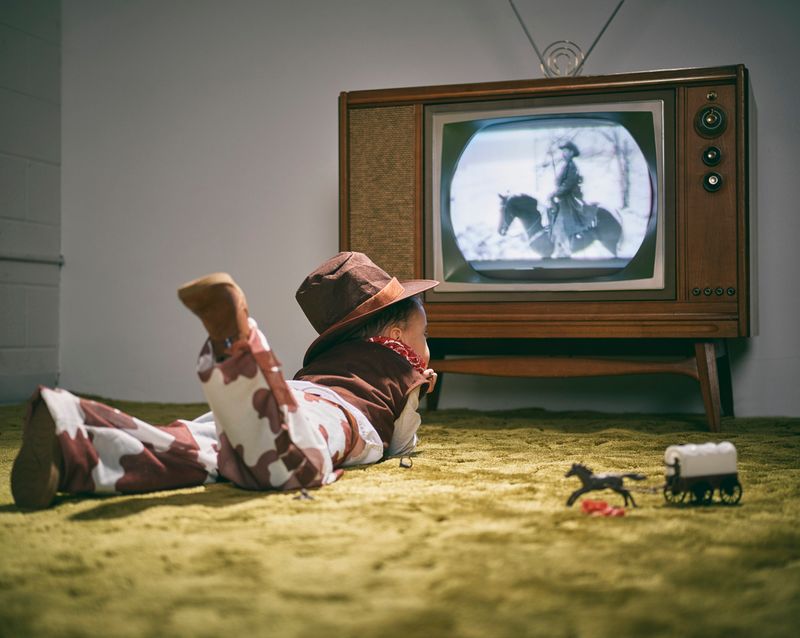
The unique atmosphere created by early morning sunlight filtering through curtains while the TV flickered created a magical ambiance. That distinctive glow illuminated cereal dust floating in sunbeams and created shadows of action figures across living room floors.
Houses remained quiet while parents seized rare opportunities to sleep in. The muted household sounds contrasted with animated explosions and laugh tracks emanating from TV speakers.
This sensory combination – dawn light, television color, cereal smell, blanket warmth – created a multi-sensory experience that remains powerfully nostalgic. The physical feeling of Saturday morning became as important as the content itself, creating a comfortable ritual space between dreamworld and daytime.
16. The Promise of the Weekend
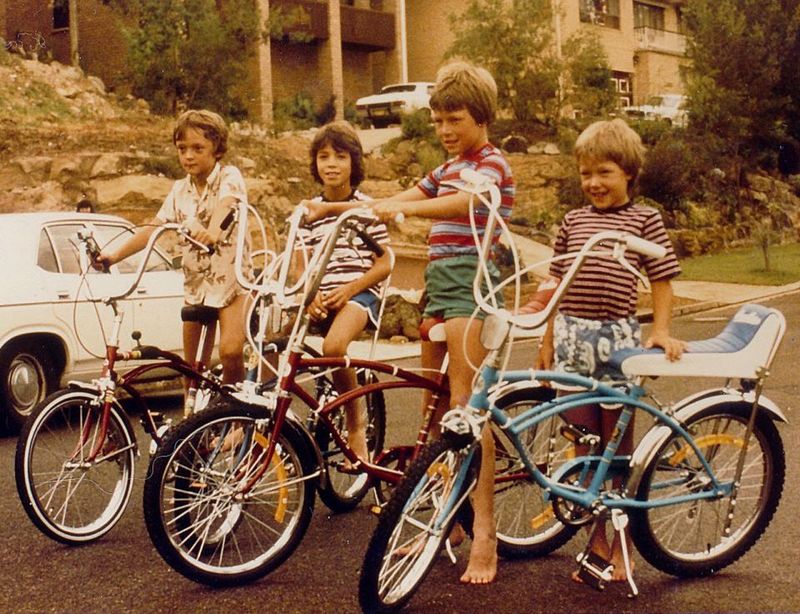
Saturday mornings represented pure freedom after five days of school structure. The knowledge that homework could wait until Sunday created a temporary paradise of unscheduled joy.
The entire day stretched ahead with possibilities – afternoon bike rides, backyard adventures, or maybe a trip to the mall. Morning cartoons served as the perfect gateway between sleep and weekend exploration.
Even the commercials reinforced this feeling of liberation, showcasing toys and activities that promised adventure. For many kids, these precious hours represented the only truly self-directed time in increasingly scheduled childhoods, making them sacred spaces of autonomy and imagination.

Comments
Loading…